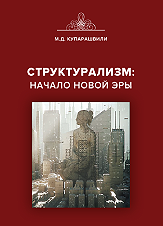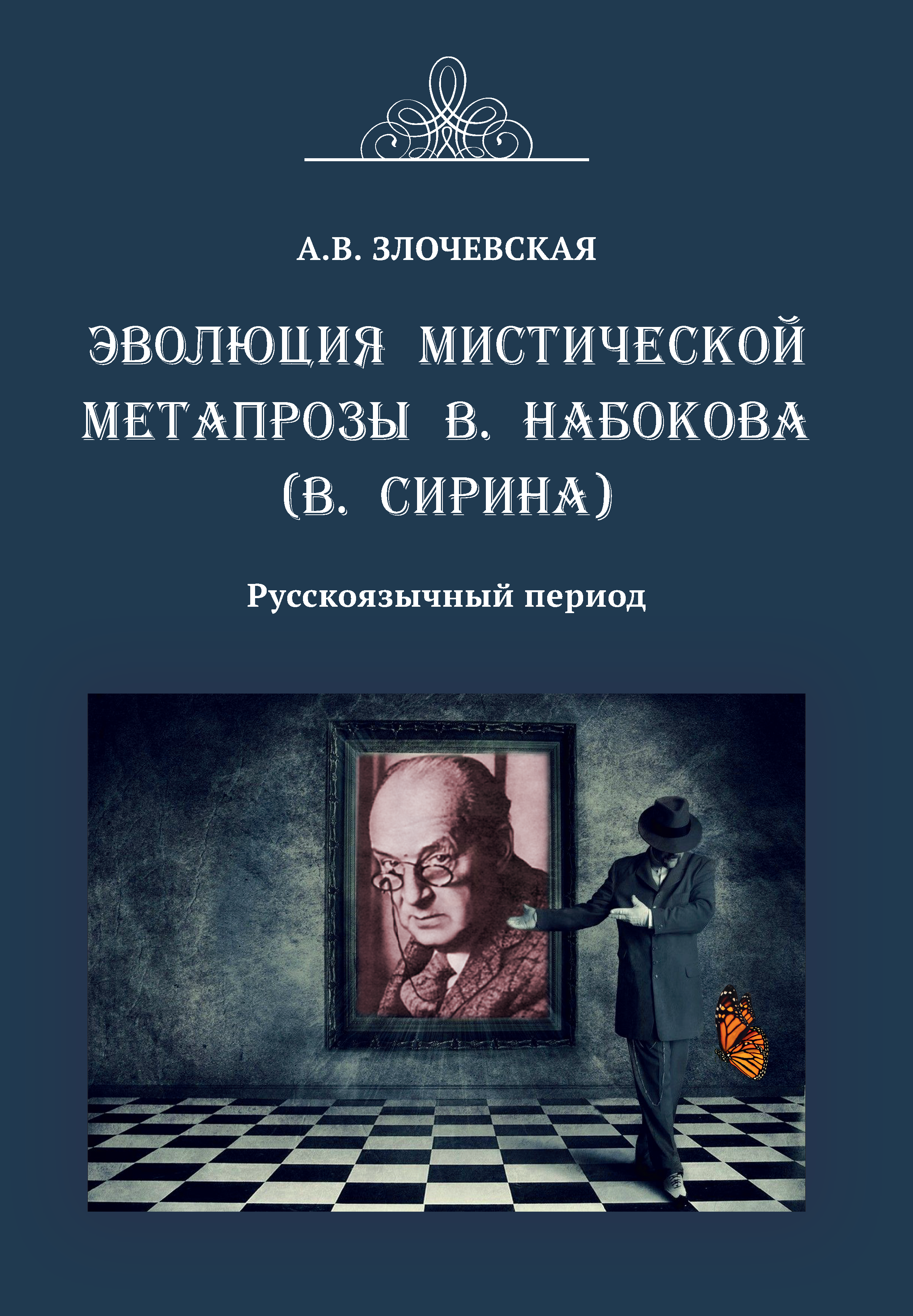Viktoriia B. Chupina, Cand. Sc. (Psychology), Docent, Associate Professor of the Department of Clinical Psychology and Pedagogy with a Рostgraduate Сourse, Professor V.F. Voino-Yasenetsky Krasnoyarsk State Medical University of the Ministry of Healthcare of the Russian Federation, https://orcid.org/0000-0002-9846-2216, e-mail: ionessi@yandex.ru
Larisa S. Gavrilenko, Сand. Sc. (Pedagogy), Associate Professor of the Department of Clinical Psychology and Pedagogy with a Рostgraduate Сourse, Professor V.F. Voino-Yasenetsky Krasnoyarsk State Medical University of the Ministry of Healthcare of the Russian Federation, https://orcid.org/0000-0001-7493-4947, e-mail: gavrilenko@mail.ru
The article reveals the possibilities of the educational process of the university in the organization of psychological assistance to students studying in the specialty “Clinical Psychology”, in awareness and, most importantly, in the resolution of intrapersonal conflict by personality. The authors did not set themselves the task of conducting a theoretical analysis of scientific views on the problem of conflict. It was important not so much to study the essence of the scientific concept of ‘intrapersonal conflict’, as the phenomenon of a specific student's personality with its background, with existing experiences. The data obtained from the results of psychological diagnostics and self-analysis organized with students confirmed the need to find opportunities for the educational process in organizing targeted psychological assistance to students experiencing intrapersonal conflict and determined the further vector of providing the required assistance within the framework of the educational process of the university. The effectiveness of the work carried out is confirmed by the positive responses of students who managed to understand the nature of their intrapersonal conflict and, therefore, take measures to resolve it, which for the authors was the highest value and purpose of the study. The proposed content, of course, does not create a new understanding of the term ‘intrapersonal conflict’, but only justifies the need to apply the existing theory in the educational process, in teaching students, which is already used by the authors of the article.
Keywords: conflict, intrapersonal conflict, types of intrapersonal conflict, internality, psychological help
References
- Antsupov, A.Ya., Proshanov, S.L. The history of Russian conflictology. Index of 1892 dissertations. Moscow: Prospekt, 2021. 352 p.
- Ho-Won, J. Understanding conflict and conflict analysis. Los Angeles: SAGE, 2008. 264 p.
- Roxane, S.L. Dudley, D.C. Conflict: from theory to action. Boston: Allyn and Bacon, 2000. 384 p.
- Anchukova, N.I., Nitspan, K.O. Manifestations of intrapersonal conflict in the context of life position indicators. Social and humanitarian sciences in the Far East. 2023. Vol. 20. No. 4. Pp. 44–49.
- Romanova, A.V., Rybakova, A.I., Belyakova, N.V. Socio-psychological features of intrapersonal conflicts. Scientific research and development. Socio-humanitarian research and technology. 2023. Vol. 12. No. 4. Pp. 62–65.
- Bernard, S.M. The dynamics of conflict resolution: a practitioner’s guide. San Francisco: Jossey-Bass, 2000. 263 p.
- Golovatsky, G.K. Stages of conflict development — their content. The relationship of conflict with age stages. Management in Russia: problems and prospects. 2020. No. 5. Pp. 2–15.
- Melnichuk, A.S. The image of conflict among students: features and interrelation with strategies of behavior in conflict. Professional representations. 2023. No. 1 (15). Pp. 116–126.
- Pavlova, O.A., Borodich, V.A. The reason for the conflict is in me. Conflict in educational institutions as a consequence of the generation gap. Current research. 2021. No. 20 (47). Pp. 95–98.
- Sukhov, A.N. Intrapersonal conflict: a constructive aspect. Human capital. 2020. No. 10 (142). Pp. 171–178.
- Morton, D. The resolution of conflict; constructive and destructive processes. New Haven: Yale University Press, 1973. 320 p.
- Folger, J.P. Working through conflict: strategies for relationships, groups, and organizations. New York: Longman, 1997. 342 p.
- Shafikova, G.R., Bresler, M.G. Features of the ‘self-image’ of first-year students with different levels of intrapersonal conflict. Actual problems of psychological knowledge. 2024. No. 4 (69). Pp. 249–262.
- Shashkova, I.A., Goncharova, E.M. Features of the manifestation of intrapersonal conflicts of cadets of educational organizations of the Ministry of Internal Affairs of Russia. Psychology and pedagogy of professional activity. 2022. No. 4. P. 280–283.
- Golikova, Yu.A., Shakhtorina, E.V. On the issue of understanding the phenomenon of conflict and ways to resolve conflicts in the educational environment. Global Scientific Potential, 2020. No. 11 (116). Pp. 24–29.
- Balyaev, S.I., Nikishov, S.N., Kurkina, V.O. Peculiarities of manifestation of intrapersonal conflicts among students of various fields of study. The world of science. Pedagogy and psychology. 2022. Vol. 10. No. 3. URL: https: //mir-nauki.com/PDF/34PSMN322.pdf (accessed on: 13.02.2025).
- Glushchenko, Ya.O. Psychological features of experiencing internal conflict at the stage of professional training. North Caucasian Psychological Bulletin. 2010. Vol. 8. No. 4. Pp. 5–10.
- Nikolenko, V.N., Rizaeva, N.A., Bolotskaya, A.A., Bolotskaya, M.P. Conflicts and their resolution in higher school classes. The world of science, culture, and education. 2021. No. 5 (90). Pp. 179–182.
- Bashkin, M.V., Bakhvalova, O.A. On the sources and forms of intrapersonal conflicts of psychology students at the stages of university studies. Bulletin of Yaroslavl State University named after P.G. Demidov. The Humanities series. 2024. Vol. 18. No. 1 (67). Pp. 156–162.
- Zinina, S.M. Interrelation of the locus of control and anxiety of students as a subject of psychological research. Humanization of education. 2024. No. 1. Pp. 22–37.
- Maslova, T.M. The relationship between self-confidence and the locus of university students’ control. Trends in the development of science and education. 2020. No. 58-9. Pp. 29–33.


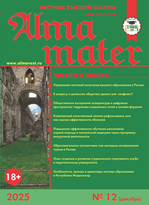
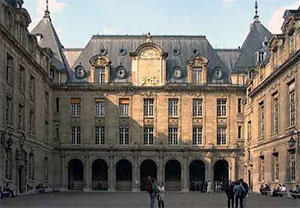
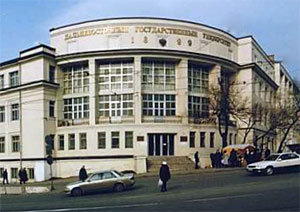
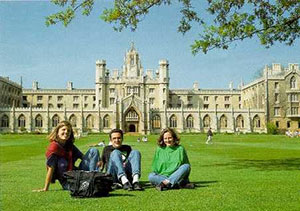
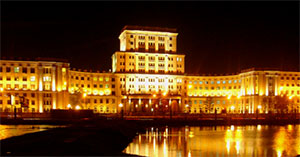

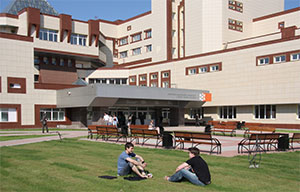


.png)
